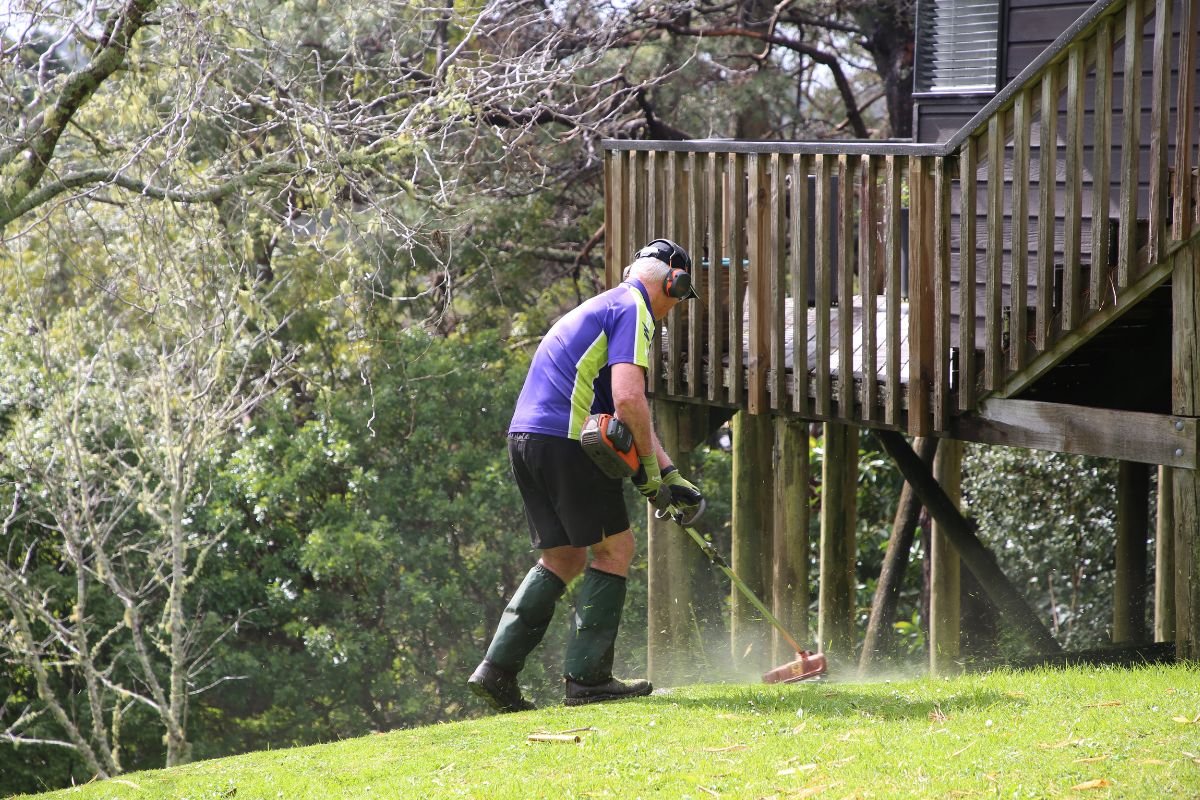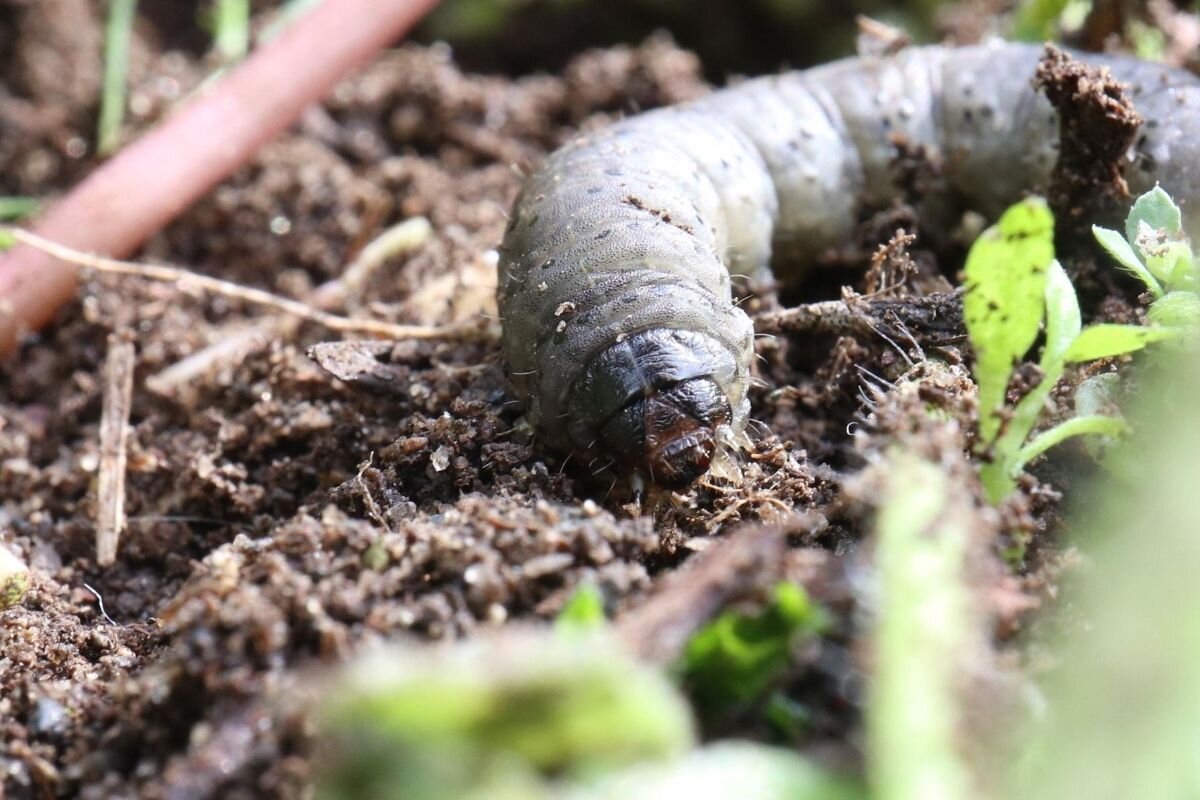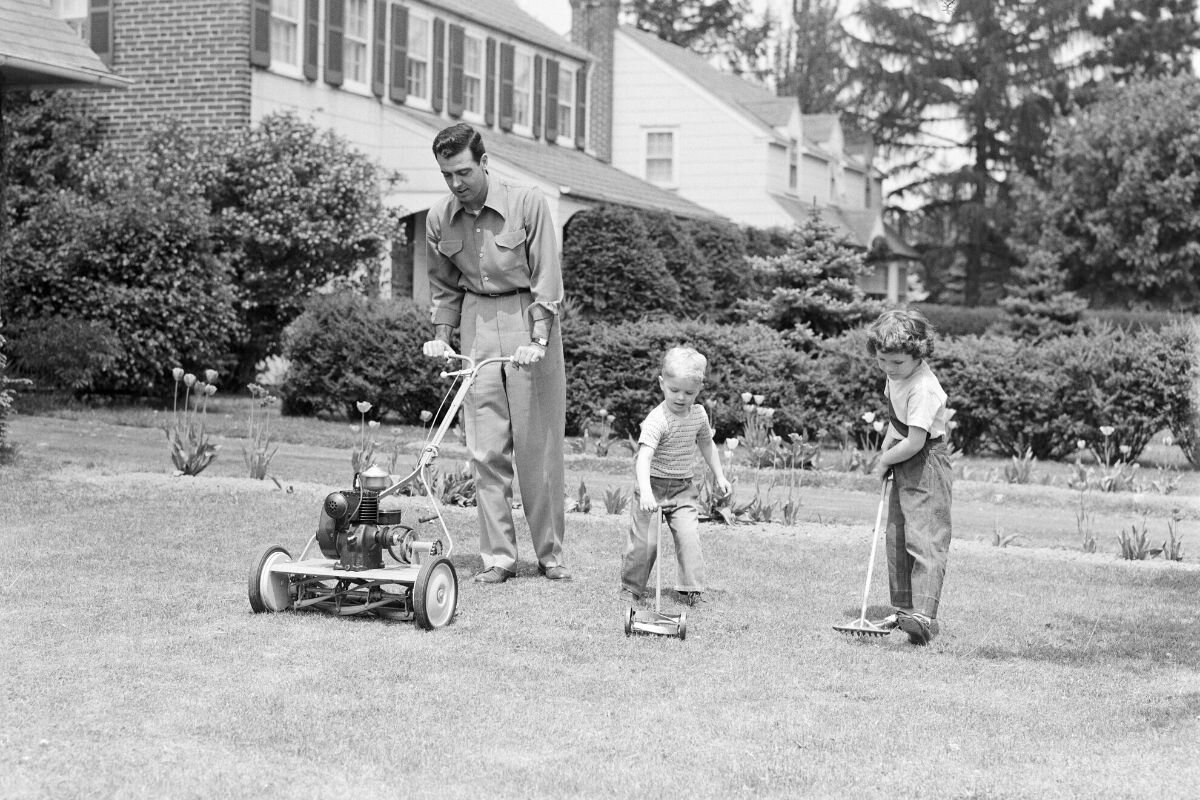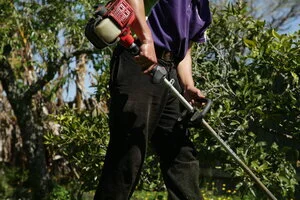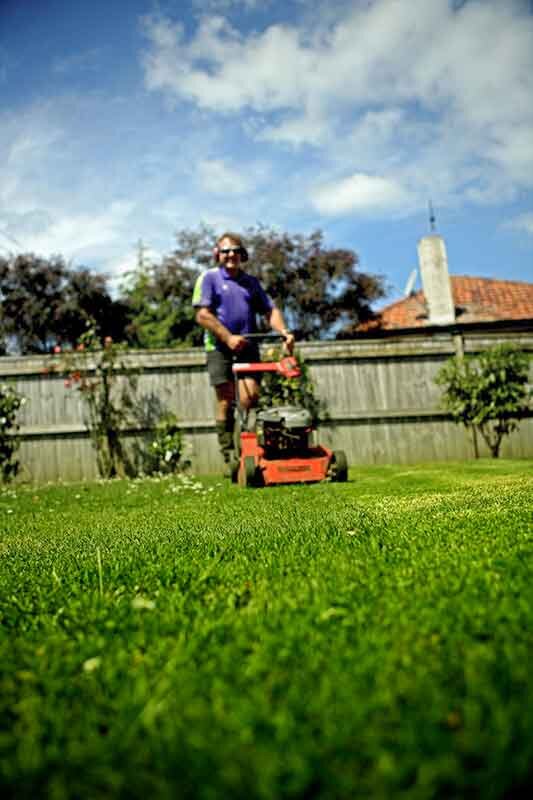There’s nothing quite like a sprawling lawn. It’s one of the many things that prospective purchasers look for when deciding on the best property for them, their children, and their pets.
But once that lawn starts to grow, it may not be long until you realise just how much attention it actually requires. Could it be time to consider a professional lawn mowing service?
From time-saving to lawn health, here are five reasons to start getting your lawn professionally mowed.
1. It’s Affordable
Many people think that a lawn care service is out of their price range. This might be one of many reasons why you haven’t considered hiring someone to mow your lawns in the past. However, when you break down the costs, it can be a lot more affordable than you first thought.
When you move into a new property with a lot of lawn to mow, one of the first investments you have to make is a lawnmower. They can cost a lot of money, and you also have to spend a lot of time finding the best brand.
Once that initial investment is out of the way, you then have to factor in the costs of fuel and mower maintenance like blade sharpening, oil changes, spark plugs, and the list goes on. Having a lawn mowing company arrive on a schedule and mow your lawns when you need it can be a far more affordable and convenient option.
2. More Time to Do What You Enjoy
How many times do you wake up to the roar of lawnmowers in your neighbourhood? It seems that everyone uses their spare time to take care of lawn care, rather than having someone do it for them. Kiwis work an average of 30 to 37 hours per week. Wouldn’t you rather use the very little time you don’t have to work doing something that actually brings you happiness?
Get out and enjoy the sunshine, head to the beach, watch movies, attend local events. By hiring someone to mow your lawns and even take care of the gardening, you’re free to have more fun than lawn mowing can bring.
3. A Professional Finish
Not everyone knows what the perfect mower height should be, the best way to take care of long grass, or even how to get rid of pests growing on their lawn. But a lawn care company does. While they can provide a professional finish, they can also spend time correcting problems and preventing them from happening in the first place.
4. Professionals Can Assist with More Than Just Lawns
Lawn mowing is the core service that any lawn care company offers, but it’s typically not the only service. Depending on the contractor or employee, you may be able to benefit from other services such as hedge trimming, tree pruning, gardening, weed spraying/whacking, and even water blasting.
It can be extremely overwhelming being a homeowner with so much maintenance to do. So, it makes complete sense to hire someone to take care of it for you.
5. You Can Receive Advice
Most lawn care workers are experts when it comes to the average Kiwi backyard. They know what pests plague lawns, how dead patches come about, and even the best cutting height for your grass. Therefore, they can be a wealth of information when you’re getting to grips with how to make your yard look as pretty as a picture.
By hiring a lawn care team to mow your lawns, you’re also hiring a walking, talking source of information. You can then decide whether to request other services from them or carry on managing the majority of the load yourself.
What Happens If I Don’t Hire a Lawn Care Company?
There are many reasons why people start toying with the idea of having a professional mow their lawns. They may desire a professional finish, or they simply don’t have the time to do it themselves. They may not even have the equipment or knowledge on how to do a decent job.
So, while hiring a lawn professional to manage your grounds comes with many surprising benefits, what happens if you don’t hire one?
Your Lawns Can Grow Out of Control
Ever heard the term backyard jungle? Through a lack of time and no expert assistance, it won’t be long until your lawns are of an unmanageable height. Feelings of overwhelm can follow, especially when you know that grass can grow around 3cm per week.
You Spend a Fortune on Lawn Care Equipment & Maintenance
Starting from scratch, managing your own lawns and gardens can require you to spend hundreds of dollars on equipment. You then have to spend even more money maintaining it, buying fuel, oil, and paying for someone to sharpen the blades.
You’ve Got No Free Time
“You’re all going for a lovely picnic? No, sorry, I can’t come. I have to mow my lawns.”
You may have to say goodbye to your completely free weekends because lawns don’t stop mowing for your social calendar.
Is it Time to Bring in the Experts?
With so many lawn care businesses out there, you’ll never be short of options once you’ve decided to hire someone to maintain your lawns and gardens. If the time has come to enjoy your free time a little more, then make contact with lawn care service providers today.










